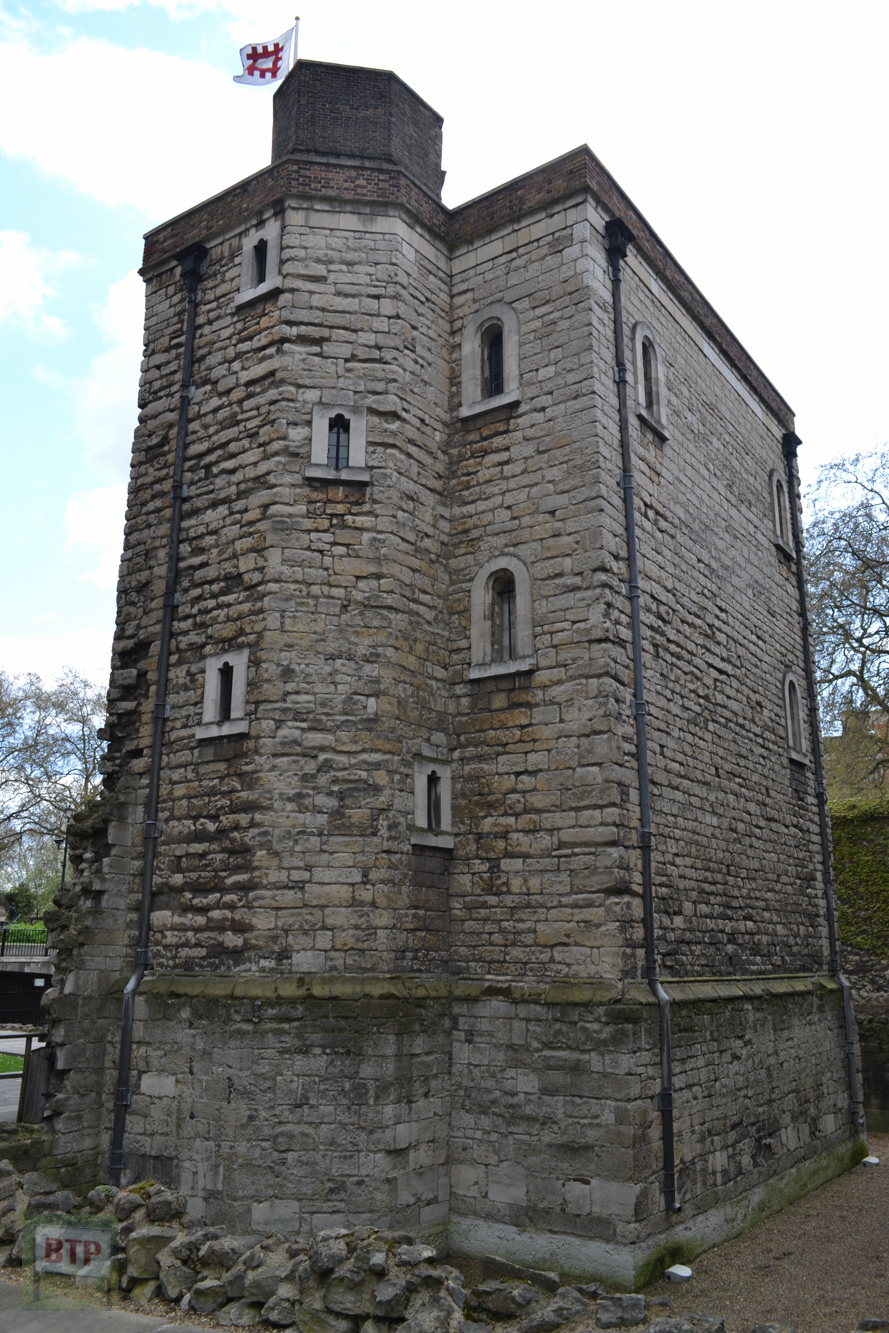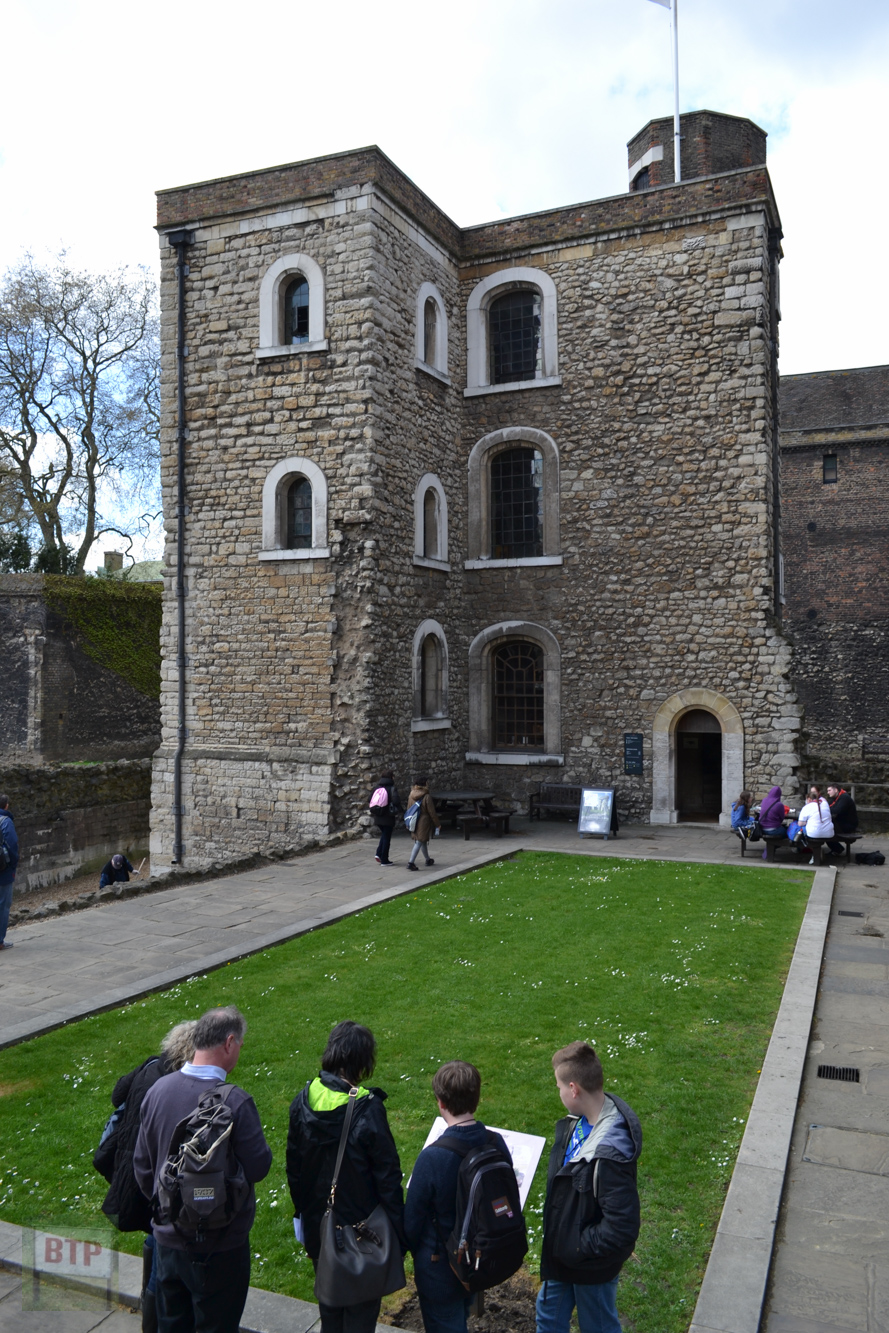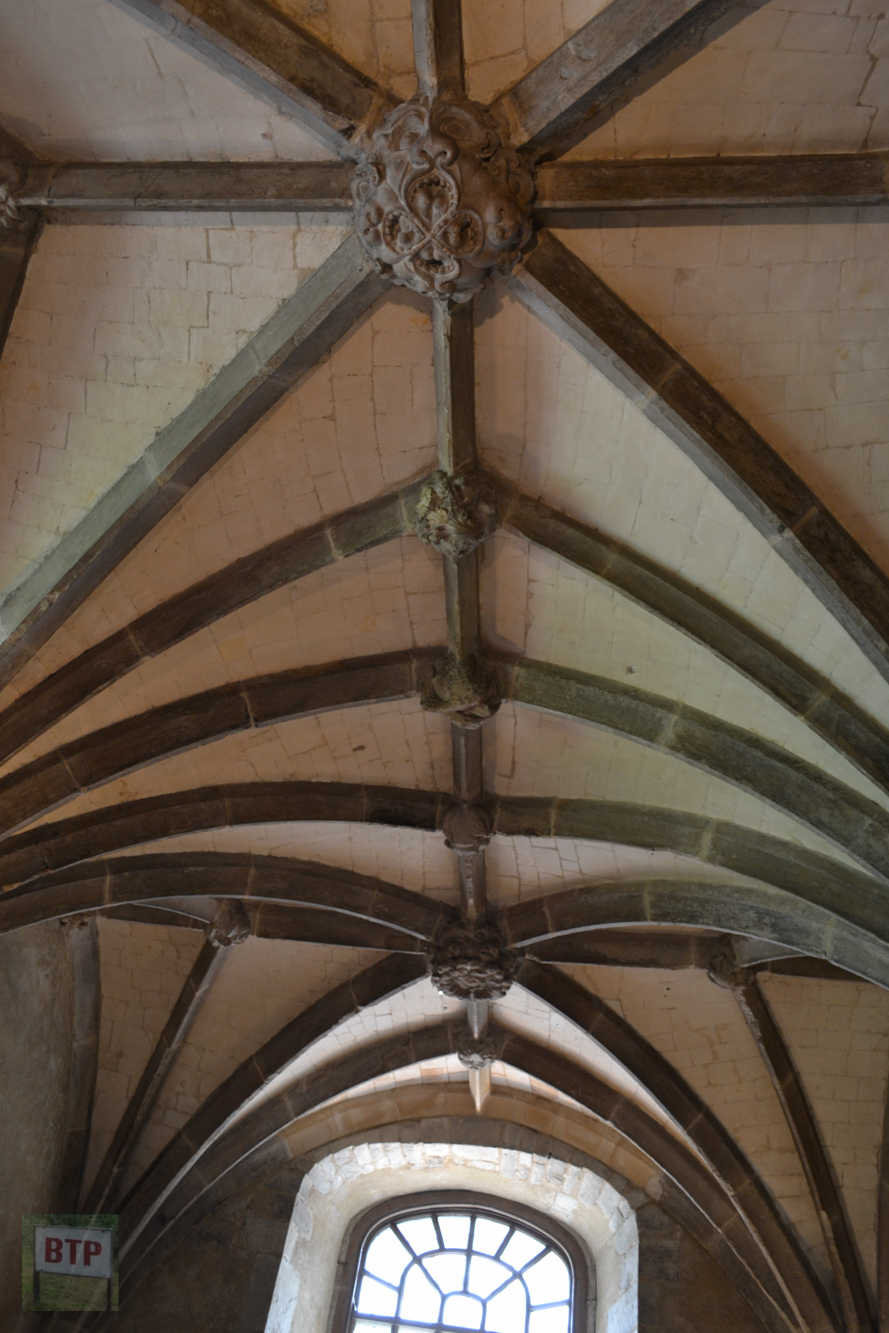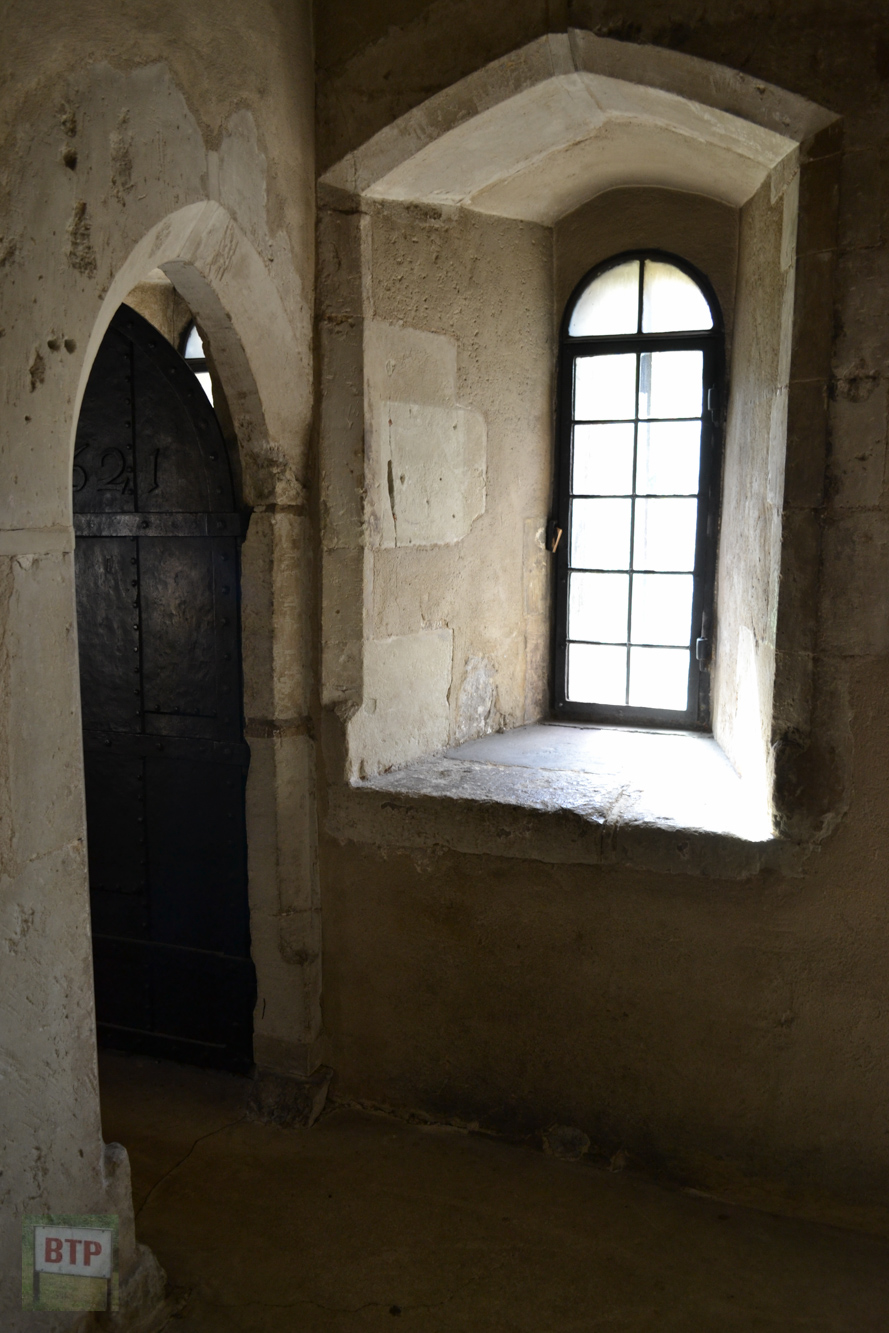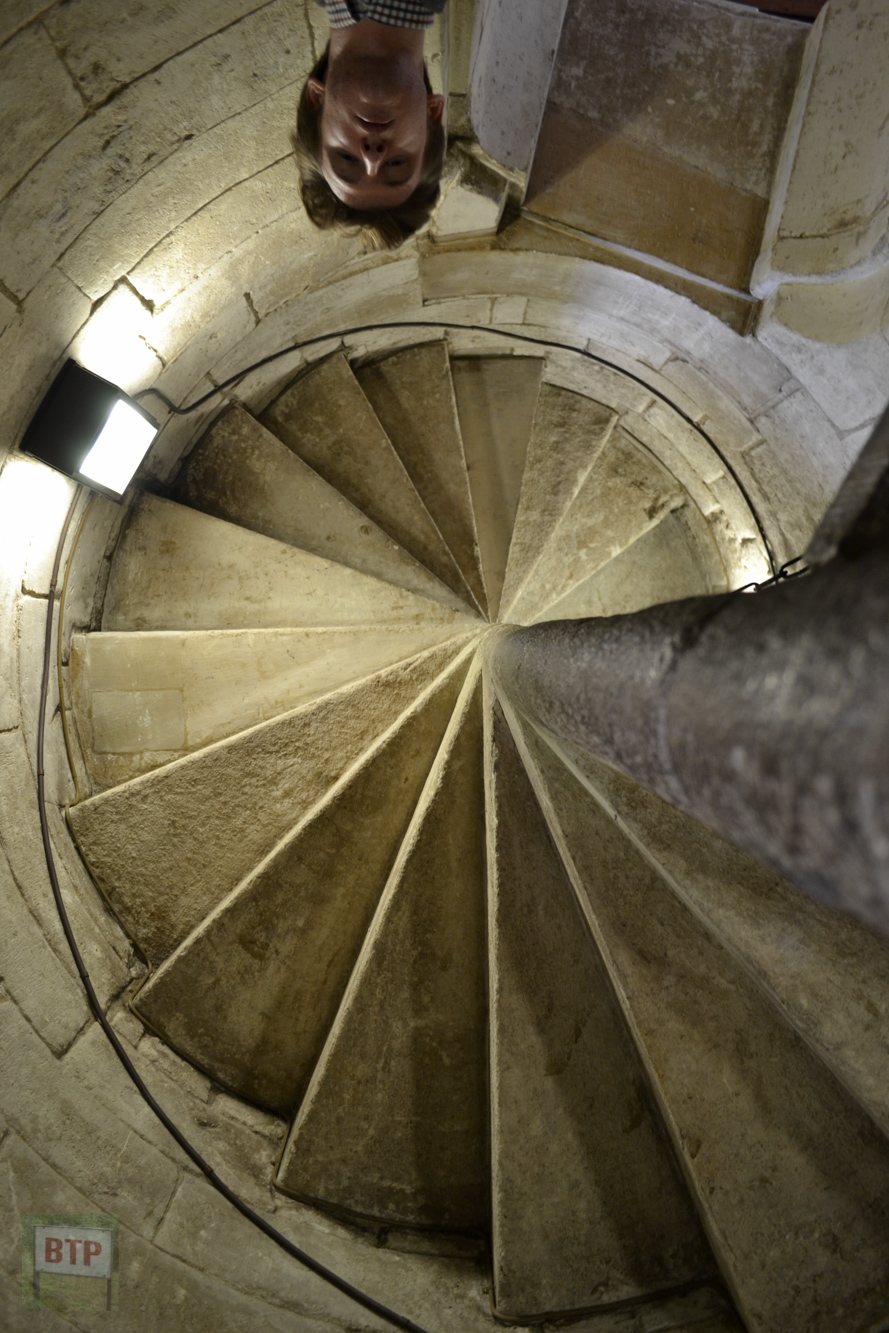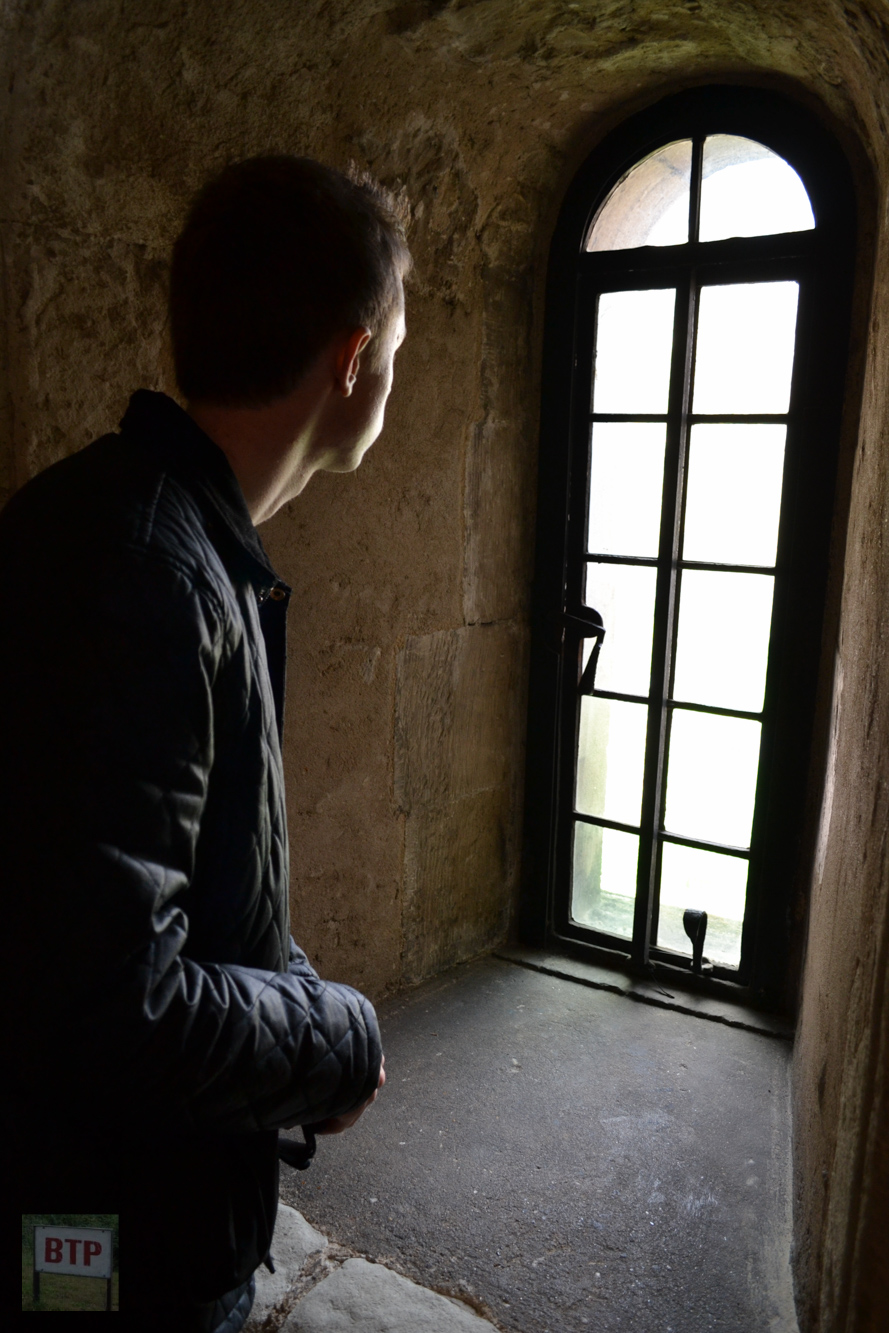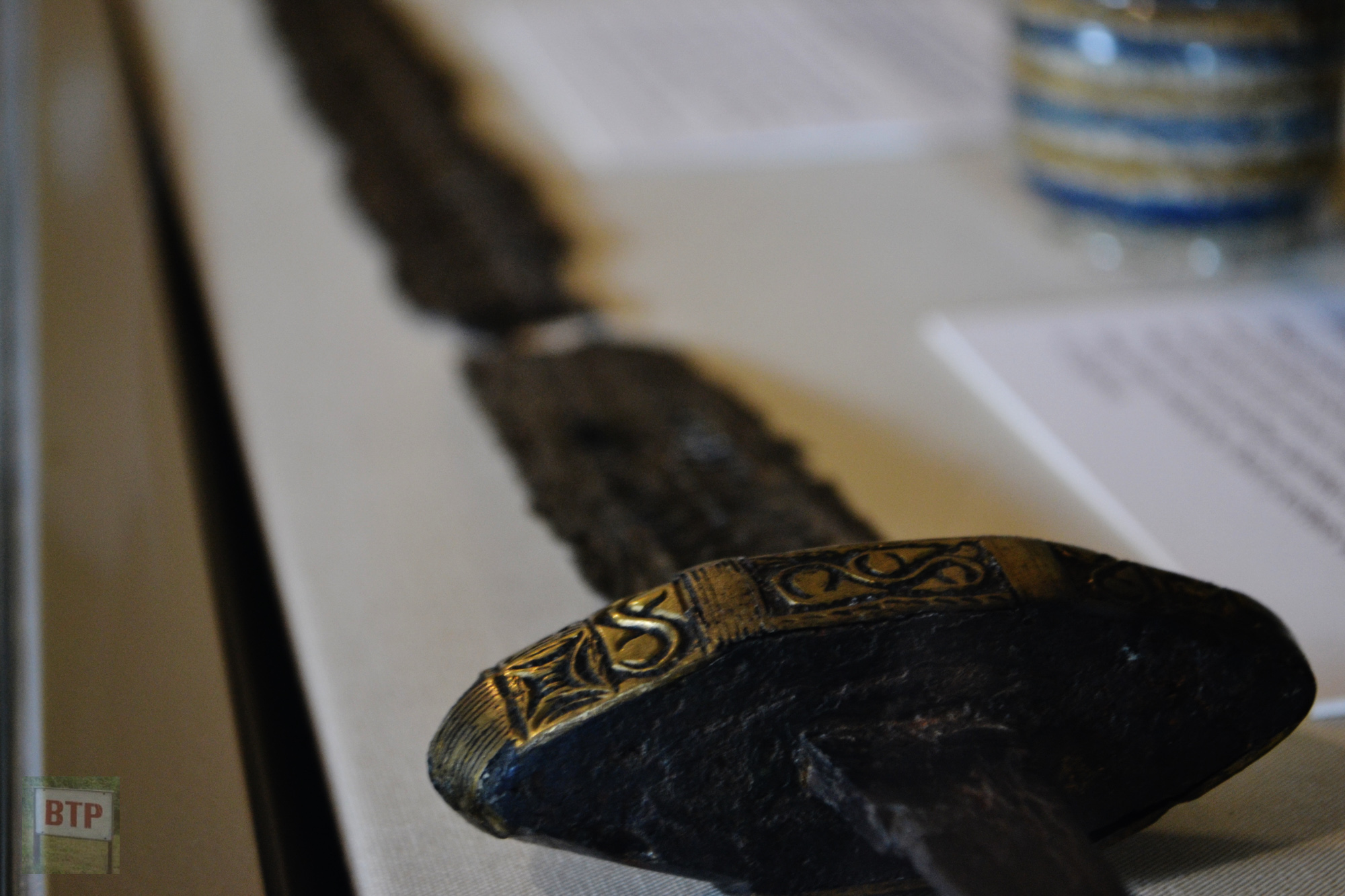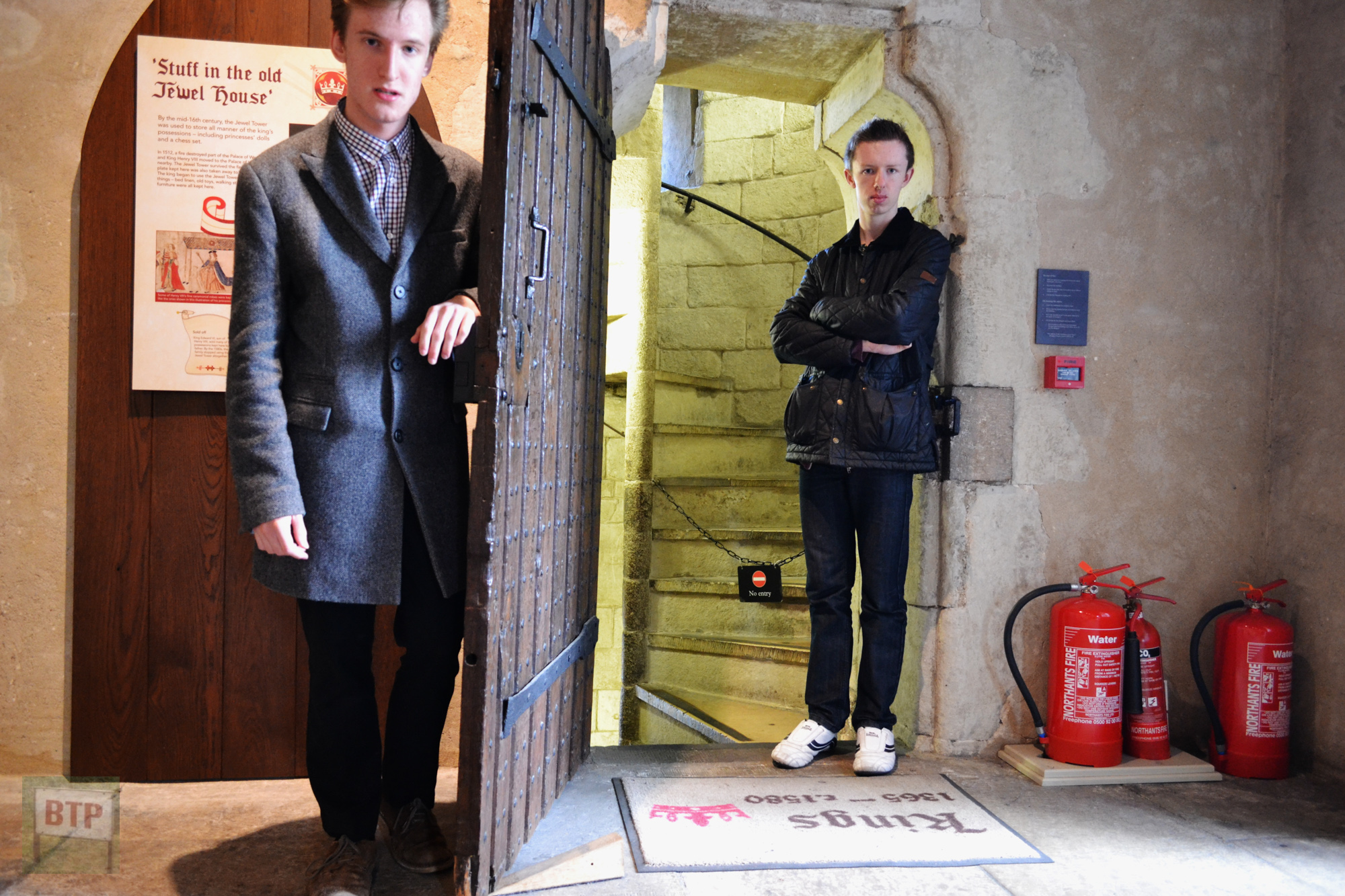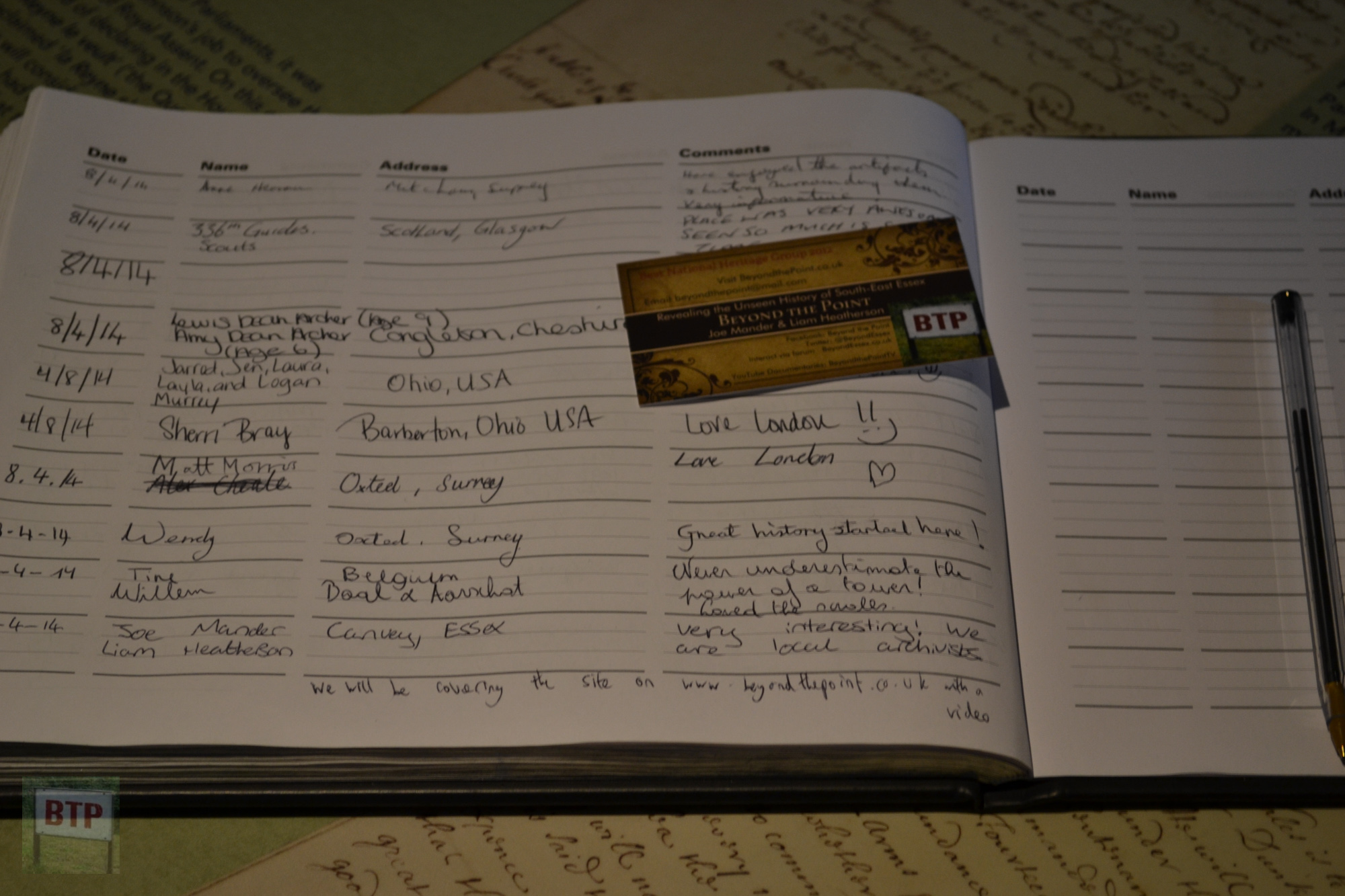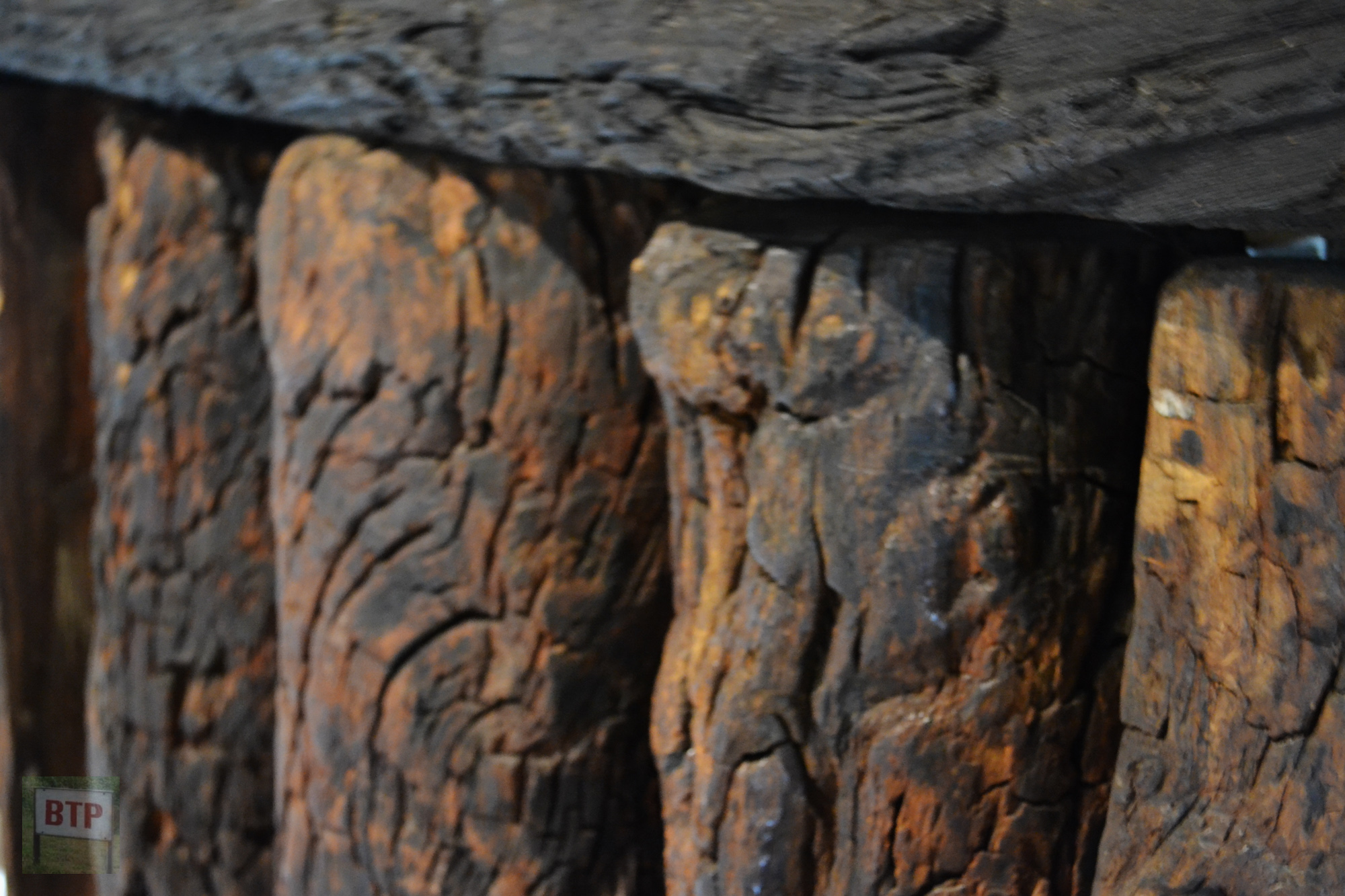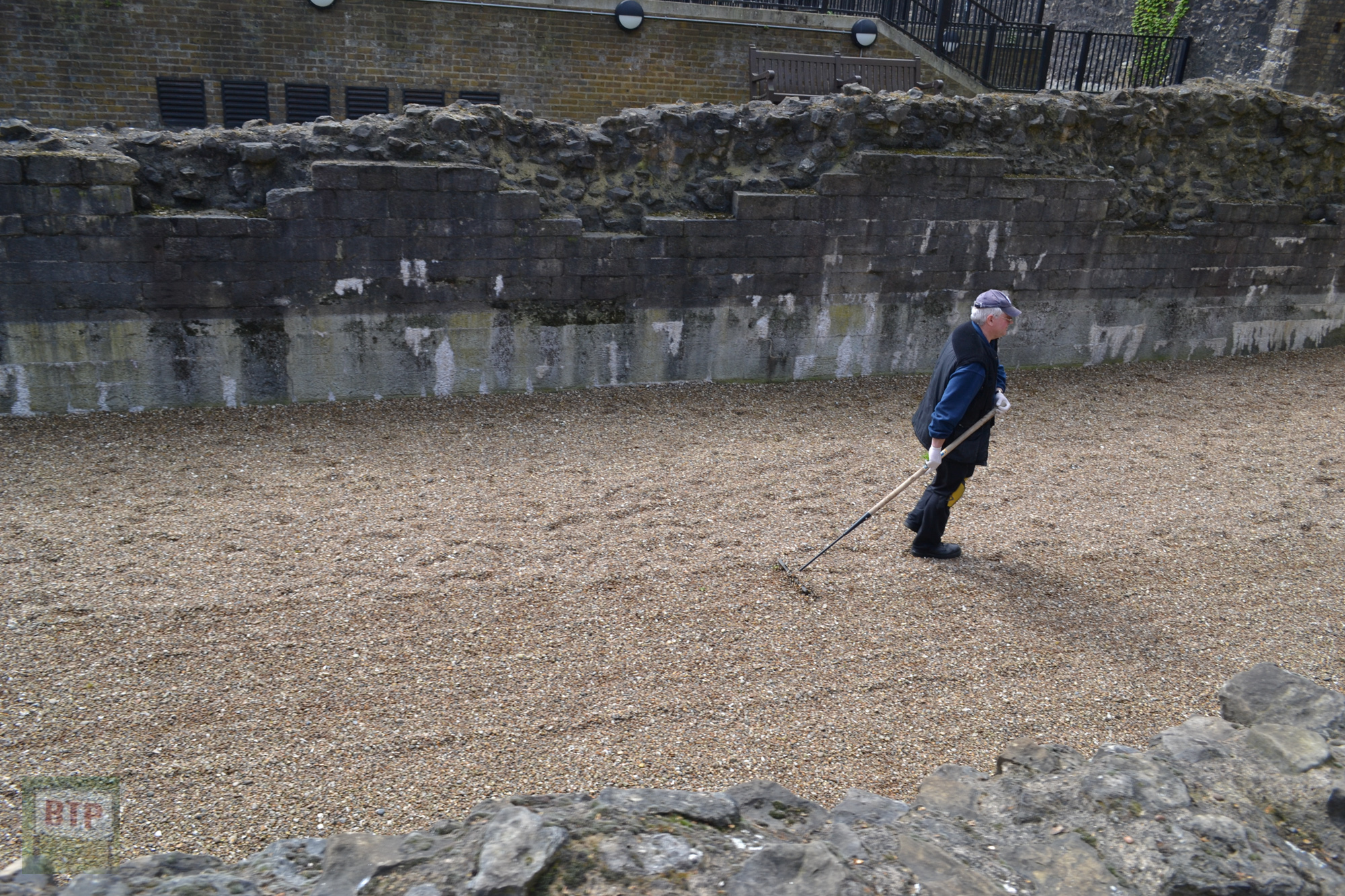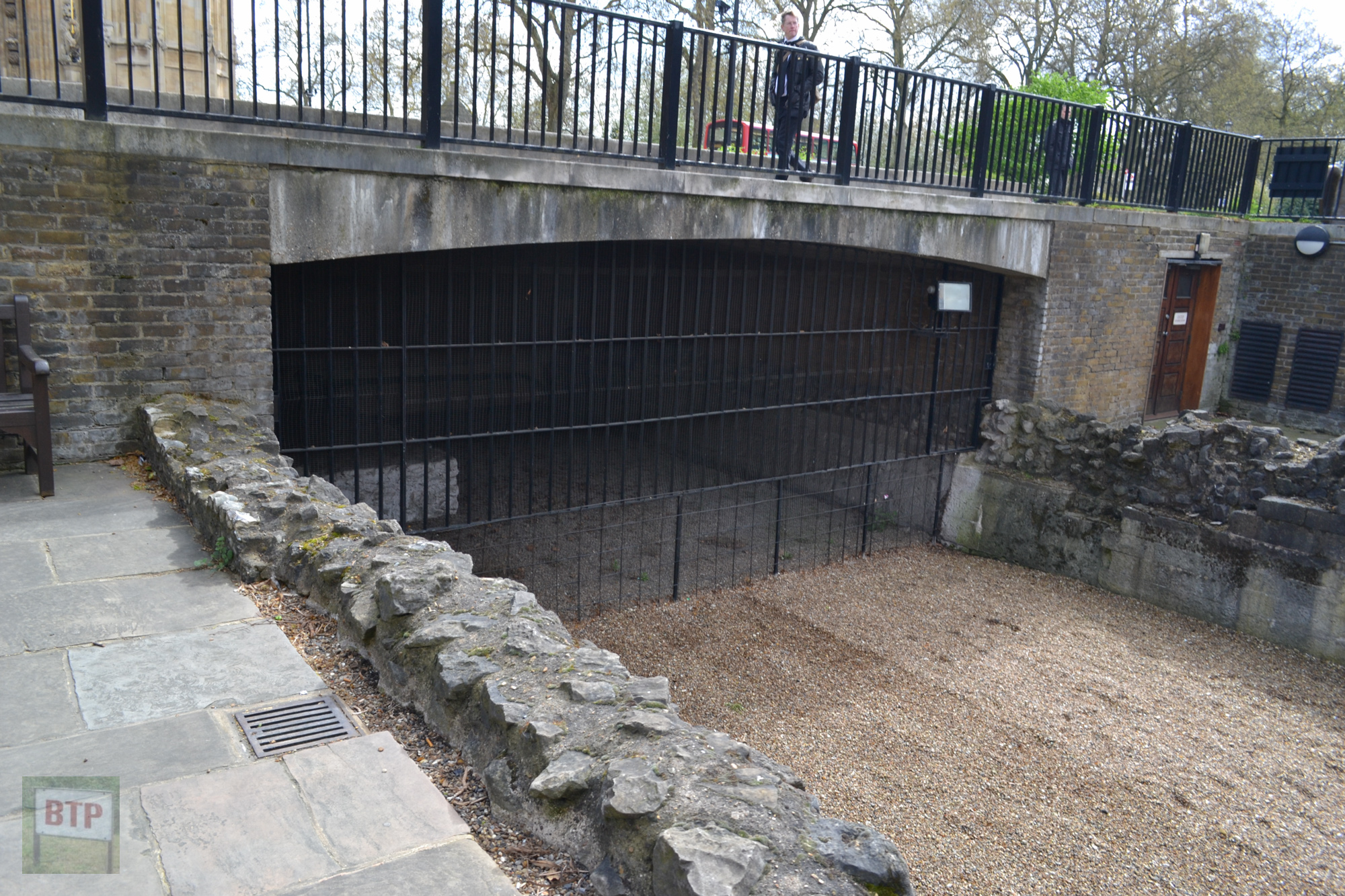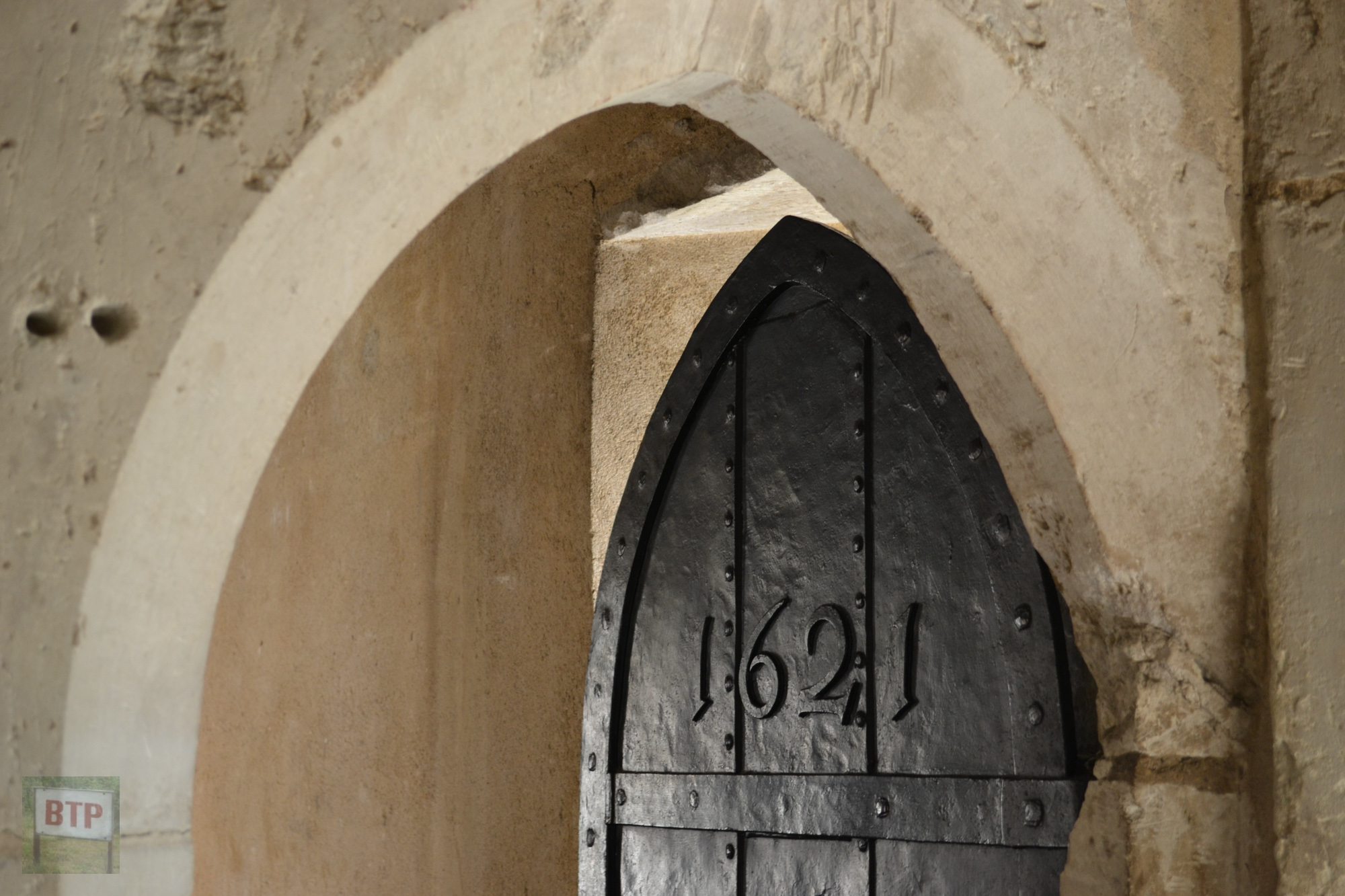Jewel Tower is an overlooked treasure English Heritage holds directly opposite from The Houses of Parliament. It was built from 1365-66 to house the personal treasures of King Edward III – like a giant safe. Then in the early 17th Century the House of Lords used it as a records office, holding valuable documents. It survived a large fire in 1834 which destroyed much of the ‘Old Palace’ (the original Houses of Parliament dating back to the medieval era. From 1869 to 1936 the tower was used by the ‘Board’s Standards Department’ for the standardisation of measurement. Currency, weight, and lengths, were all standardised here – the definition of ‘one inch’, all the way to ‘how heavy should an ounce be?’, was all decided in this historic building.
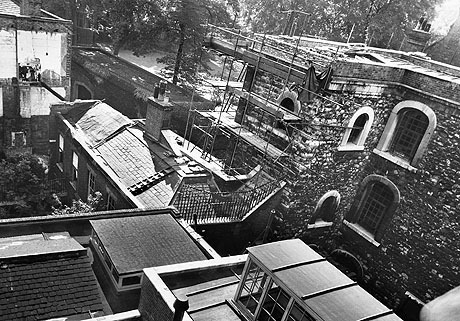
This photograph, courtesy of English Heritage, shows the tower cramped among many more modern buildings in September 1950. The tower was exposed when these buildings were demolished shortly after.
The structure is of quite an impressive size considering its publicity for tourists, and is of a rough ‘L’ shape, constructed with Kentish Ragstone, and designed by Henry Yevele. It features a large defensive moat around it still visible today (an artificial body of water surrounding it to prevent enemies entering) which was also used for transportation of the King’s goods. The tower was built in the corner of the Royal Gardens, and its ‘L’ shape is said to be due to King Edward ordering that it didn’t take up any of his garden space.
On the bottom floor it features a fascinating set of ceiling bosses in the Royal Presentation Room, where the King would have been presented with valuable gifts, and meet individuals. Bosses are the meeting points between the ceiling ribs made of a kind of clay which does not fully dry hard – they are still flexible to this day. This acts as a shock-proof way of fixing the ceiling to allow it to move as the foundations move over time. This rare set holds some intricate carvings, making them an incredibly important archaeological artefact.
Today the tower stands as an excellent English Heritage museum. We explored all the levels, learning about the building and its use whilst taking photographs for this article, and video footage for the video seen at the beginning. We would like to thank the man from English Heritage running the museum at the time, who was based at the downstairs desk. We were very grateful for his information on the ceiling bosses and use of the bottom floor. To add to this, not only did he allow us to film in the building, but he even closed the museum for ten minutes for us to gain some video footage – many thanks sir!

